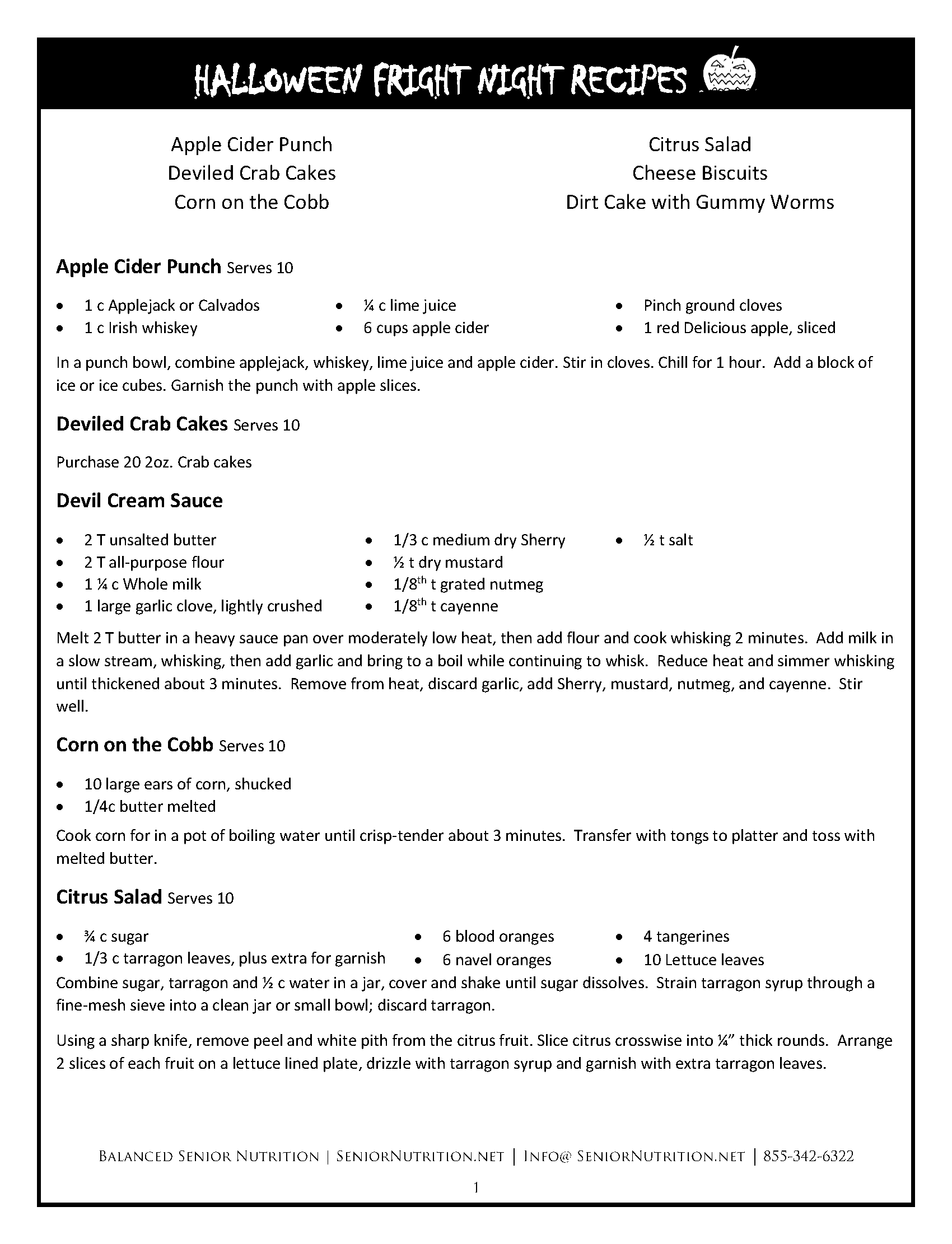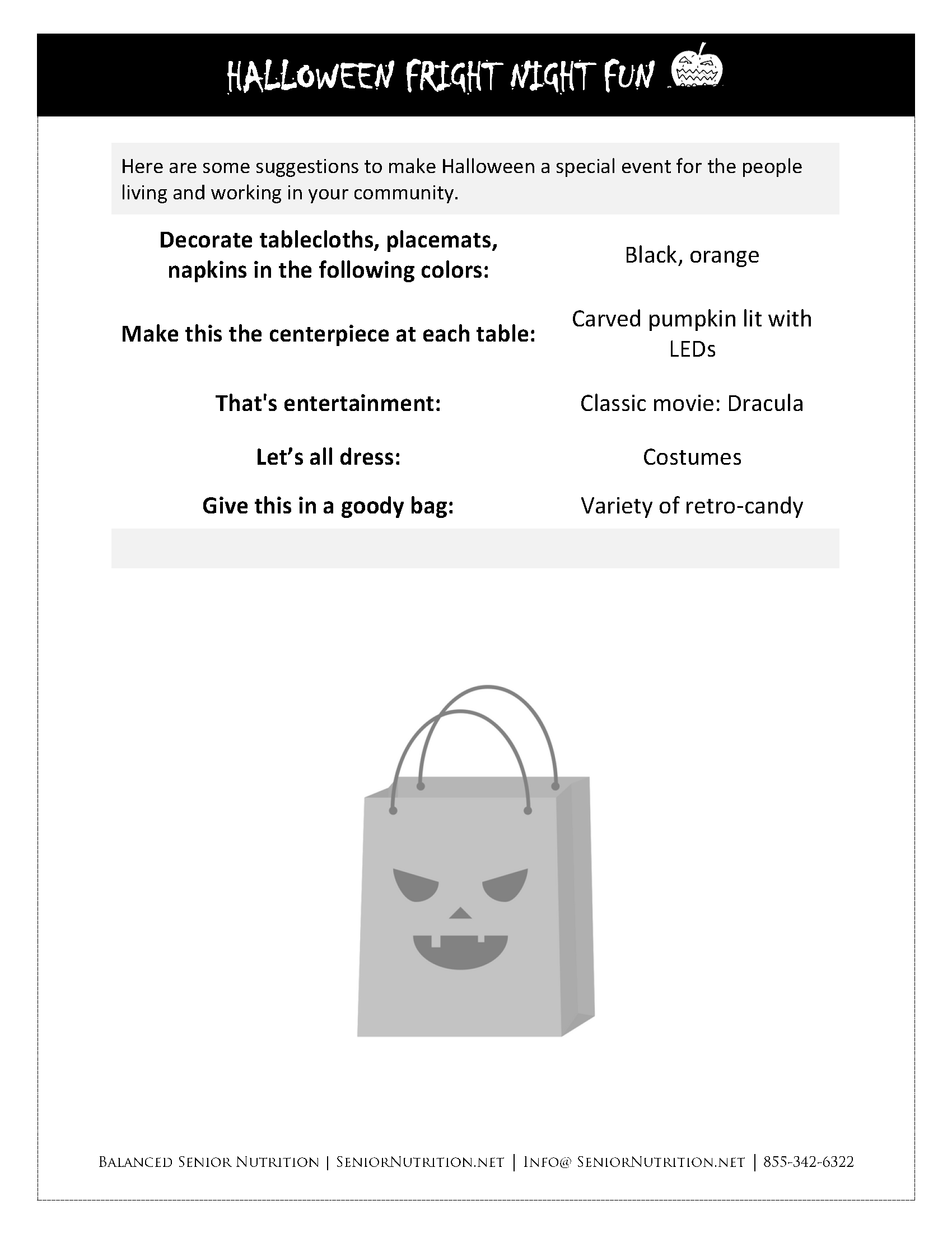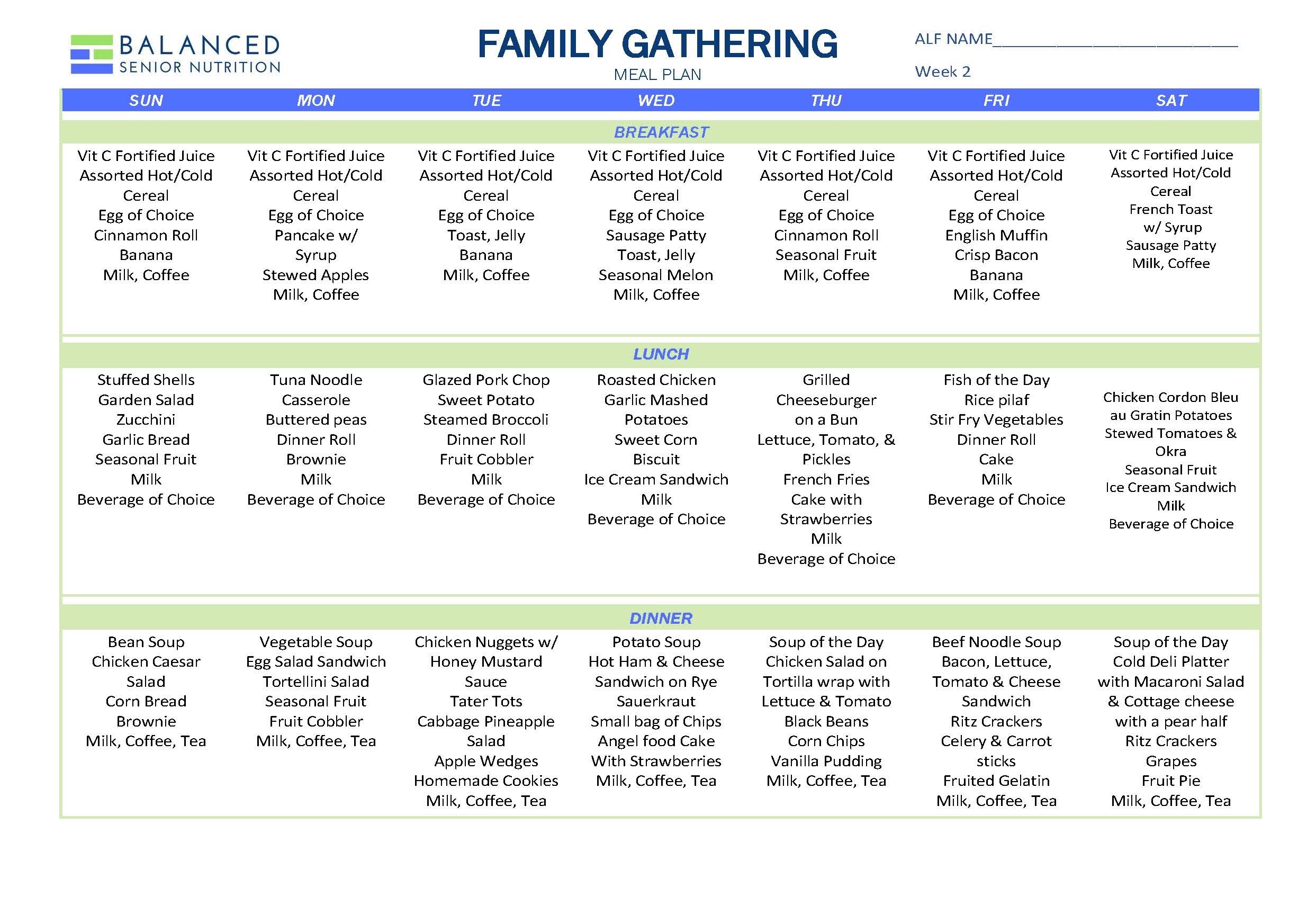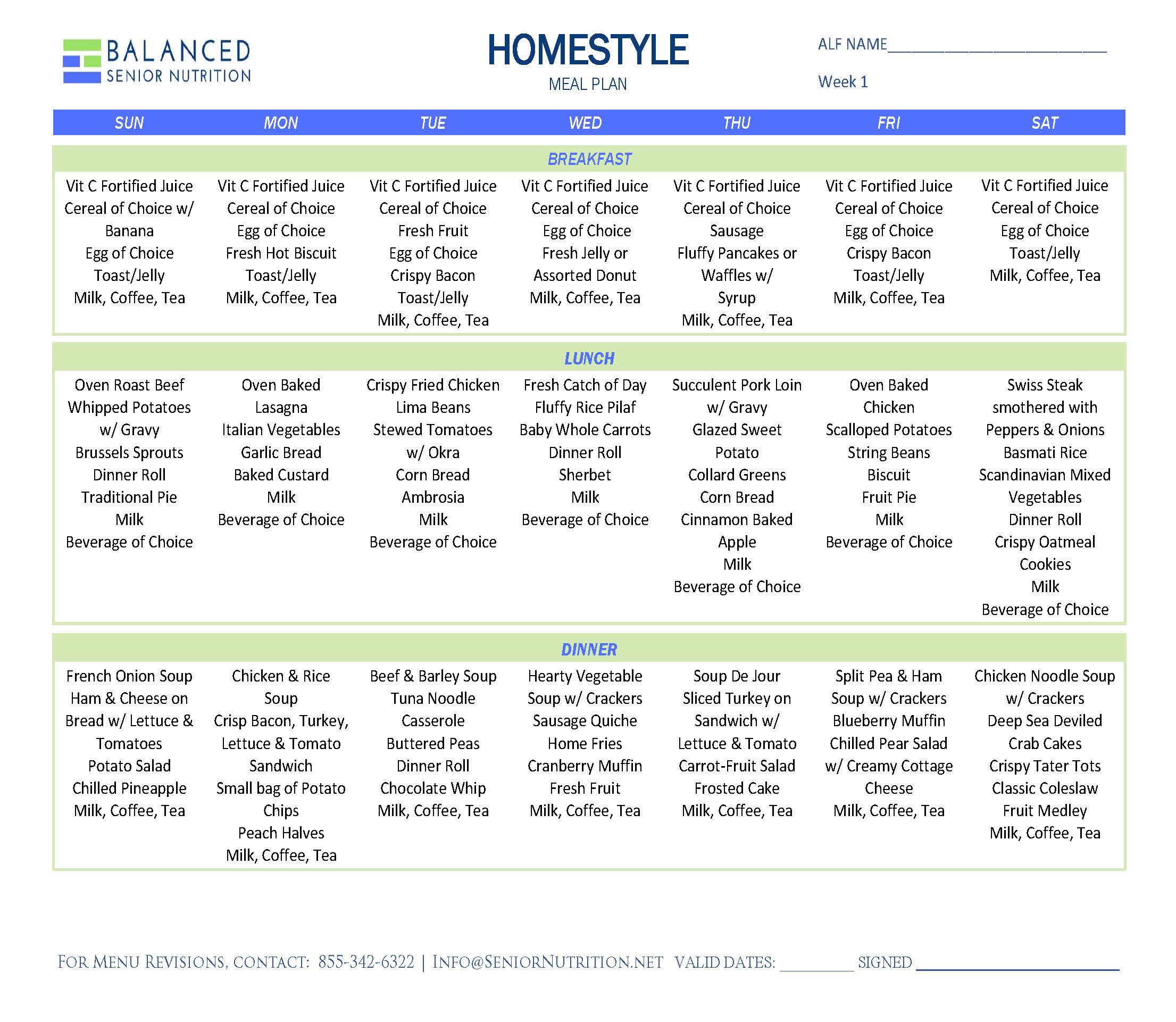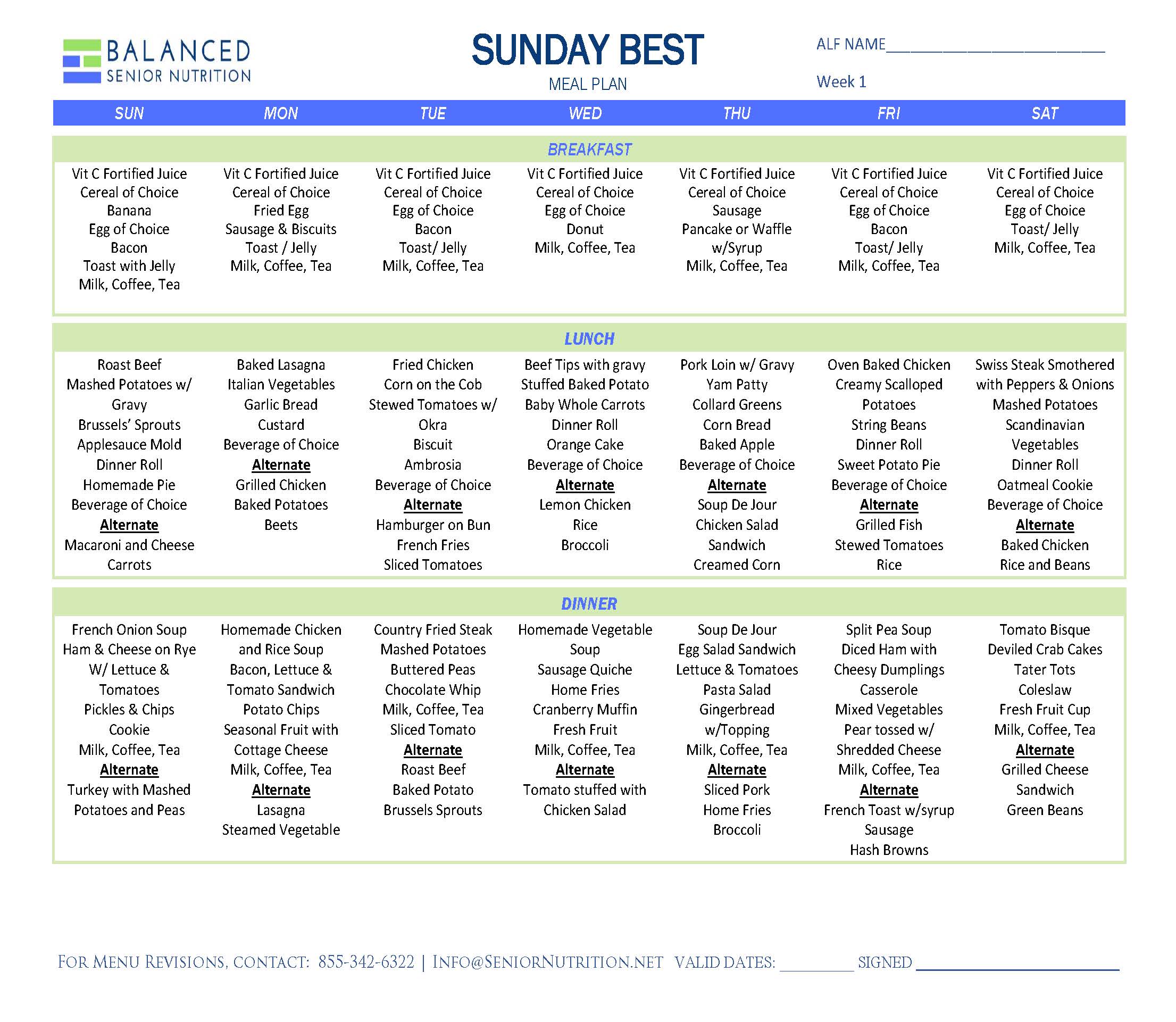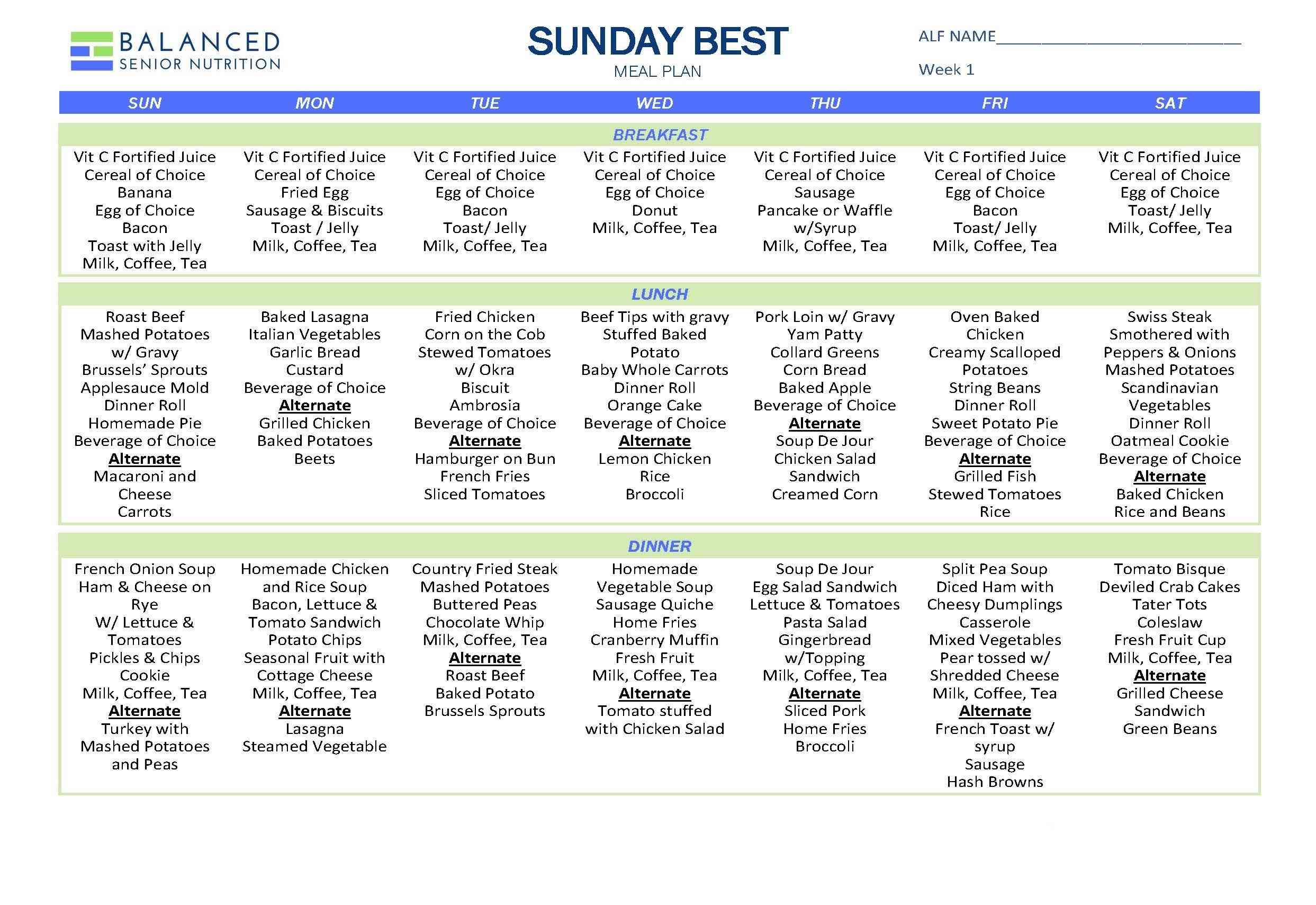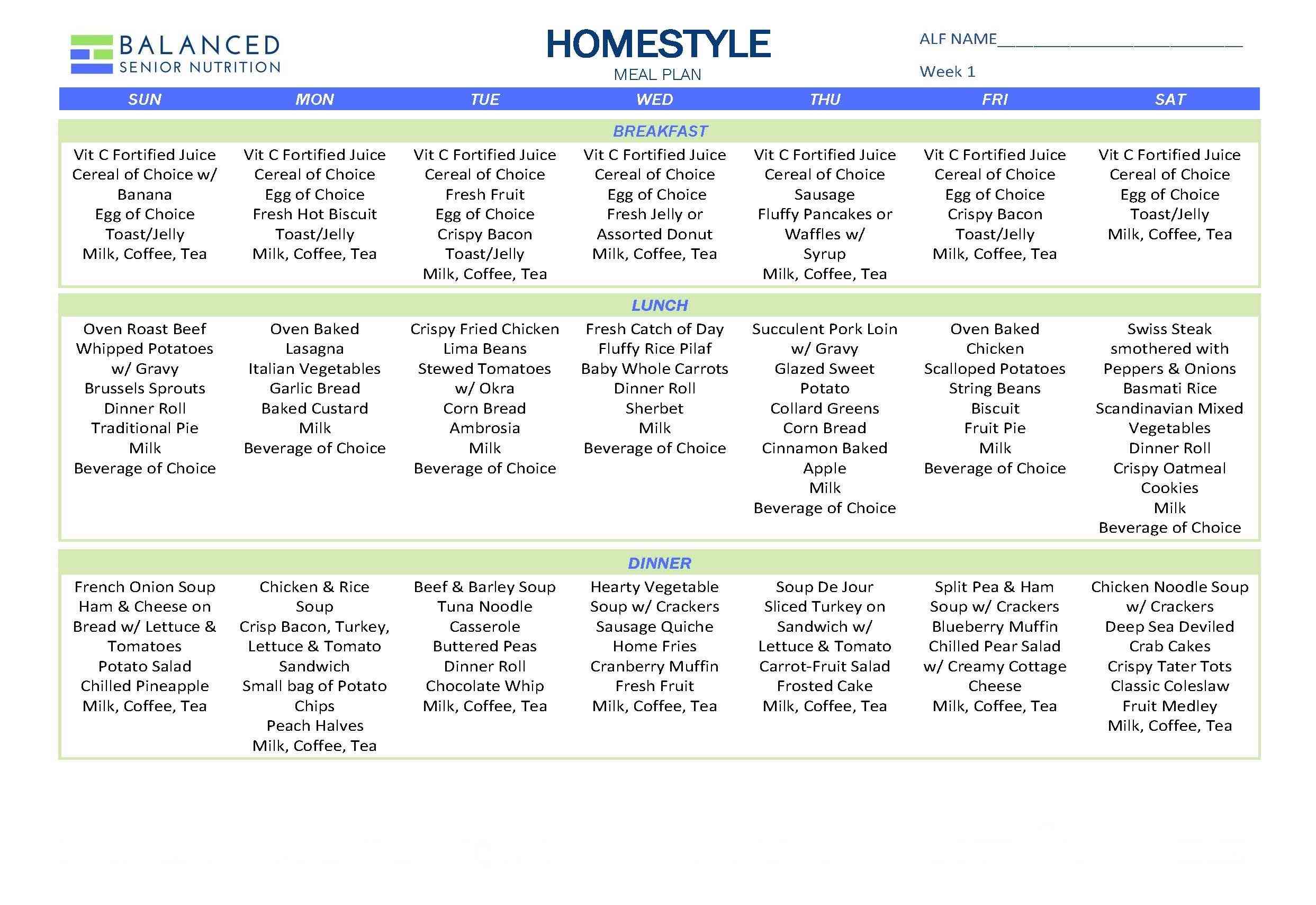
2018 marks the 31st year of the 1987 Nursing Home Reform Law. Emphasizing individual dignity and self-determination, this law requires nursing homes meet these requirements if they participate in Medicare or Medicaid.
To honor all residents living in long-term care facilities, The Consumer Voice created “Residents’ Rights Month”. It is an opportunity to focus on and celebrate the dignity, respect and rights of each resident in long-term care. We thought we’d take a cue from this year’s theme – “Speak Up: Know Your Rights and How to Use them” – and discuss residents’ rights from the nutrition and diet perspective in this three-part blog series. In part 1, we feature an interview with BSN Solutions founder, Diane Hall and regional director Gail Douglas.
Honoring residents’ rights and person-centered dining go hand in hand. A personalized dining plan co-created with each resident in your community is the foundation of honoring resident rights as they pertain to the dining experience. This focus on personal dignity requires that the people working in the community know the residents well and can anticipate and respond to their needs. In order to do this, you must embrace the QAPI process as a way to continually improve your dining services.
GAIL: So, Diane, let’s start with the core principles of person-centered dining. What’s the first tenet?
DIANE: Make sure everyone who lives and works in the community understands that residents have the mandated right to choose what, when and where they want to eat. We cover that in the Declaration of Dining Independence that every resident in our client’s buildings is given to sign and it is honored by the care staff.
GAIL: So, we need to make people aware of their rights in order to avoid violating those rights?
DIANE: Correct. To back that up, we need systems to provide the proper documentation of care in order to achieve compliance with nursing home regulations.
GAIL: Such as?
DIANE: Such as gathering information about people’s dining preferences and experiences to make sure the mandates for informed choice and a person-centered dining practices are being met. That means educating people on how to assist residents in making informed choices about their diet while understanding that any decision involves risks.
GAIL: That’s the key I think. Making the risks clear to people so they can make a choice with their eyes open to any possible harm. And for that you need consistent up-to-date information.
DIANE: Right. We created risks and benefits information sheets with the current evidence based research to help care planners explain those risks, so we can honor their choices while managing those risks in the safest way possible. We also need to make sure that the people living in the community are making the decisions on what, when and where they eat. That means we need to continually ask for input from our residents and care partners to define the highest quality dining experience for everyone. We need to create performance improvement projects (PIPs) that acknowledge everyone has a voice. We should explore together ways for closing gaps between what is happening and what should be happening.
GAIL: That’s a great way to put it. We want to make sure what should be happening is what is happening, and, if not, find out why and develop a plan to fix it?
DIANE: That’s the crux of the QAPI process: to constantly improve dining services for all people in the community and strive for deficiency-free surveys.
GAIL: What would be an example of that?
DIANE: For example, let’s say we tally the latest meal satisfaction survey in a community and find that several people complained about the presentation of the food on the plate. Some comments are “all the food on the plate looks the same” and it’s a “boring blob.” That’s a gap in performance.

GAIL: And an area for opportunity to do a better job.
DIANE: Well said. Survey questions are designed to identify parts of the dining experience that may or may not be satisfactory to people. They can tell us a lot. If we get a lot of negative feedback about a certain issue, we can identify a systemic problem which is an opportunity to make a dining or snacking process better. In other words, we want to know what’s happening within a process that is making a person unhappy and compare it to what should be happening to make them happy. The difference between “what is” and “what should be” is called a gap. And in the case of the food presentation question: “Are you happy with the color, texture and appearance of the food”, we identified a gap between what is happening; “the pureed food looks the same,” and what should be happening; “the pureed food should be visually appealing in color, texture and appearance.”
GAIL: Now we can start figuring out why the pureed meal is unappealing.
DIANE: Right. We do this using a root cause analysis of the problem and that uses a technique called a learning circle which is a quick, effective and sometimes fun way to get to the root of a problem. And then we come up with a project to fix it. That would be the planning element of the QAPI process. We call this the Performance Improvement Project or PIP.
GAIL: That’s why it’s critical to get everyone involved in these types of surveys. We need at least 80% participation in the surveys or there might not be enough good data to identify genuine gaps in the processes.
DIANE: It’s also critical that before anyone starts gathering information, the person explains what they’re doing and how they’re trying to improve the dining experience by asking these survey questions and recording their answers. People will be more likely to help if they know someone’s trying to make things better. Here are some tips for interviewing residents.
- Try not to sit with anything between you and the person you are interviewing, such as a table or a counter.
- Find a private setting to do the interview. Minimize any background noise if possible.
- Sit so that the resident can see your face. To reduce glare, don’t sit with your back to a light source.
- Be sure the person can hear you. Interview people with hearing impairment using their usual communication devices/ techniques. If you have any doubt about a person’s hearing ability, use headphones or a hearing amplifier.
- Introduce yourself. “Hello Mr./Mrs./Ms./Dr. (surname). “My name is (first name), and I am a (your job title) here at the (community name). How are you?”
- Asking a person what name he or she prefers to be called is a sign of respect for them and shows that you want to get to know them better. Some ways to do it are: “What would you like me to call you when I say “Hi”? Or “What name do you go by?”
GAIL: Once you gather good information from the residents, we also want to gather information from everyone directly involved with the process to come together to figure out where things may be going off-track.
DIANE: Right, we need to talk with the hands-on people who are directly involved in each step of the process and the people who are directly affected by the gap in performance. These are the folks best suited to discuss the problem and develop a performance improvement project.
GAIL: But information from a resident or a worker is only as good as the form you use.
DIANE: That is so true. A well-thought out survey form can get to the root of problems so that you can create projects to fix them. To help get you started on satisfying everyone living in your community, we would like to offer a copy of our Resident Survey: Dining Satisfaction form. This free document from the Inside Scoop on Informed Choice helps you to thoroughly cover what is important to each resident when it comes to their dining experience. It also starts the process on discovering the best approaches to safely satisfy those preferences.
Let’s talk more about your community needs. We’re expecting you.


